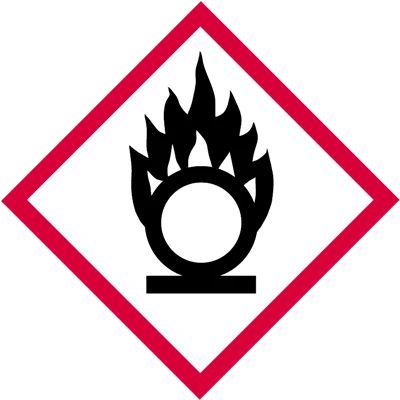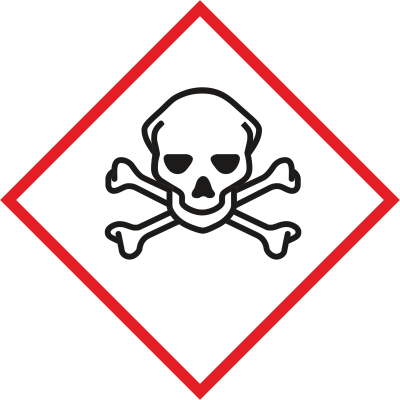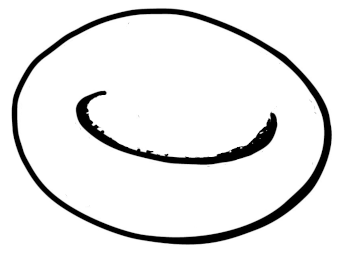 Examelot
Examelot
Report a problem
The AMT CMLA (Certified Medical Laboratory Assistant) certification exam is set by the American Medical Technologists (AMT). Passing the exam proves to employers that you can work in a laboratory as a medical laboratory assistant.
The exam contains 200 questions. All questions are multiple-choice.
These practice questions will help prepare you for the AMT CMLA exam.
This page contains 300 practice questions divided into the four sections of the exam: 1. Laboratory Safety and Quality, 2. Pre-examination (Preanalytical) Considerations, 3. Examination (Analytical) Considerations, and 4. Patient Test Management, Communications, and Foundations.
All questions have been carefully designed to mimic the questions on the real exam, to help you prepare and get a passing grade.


